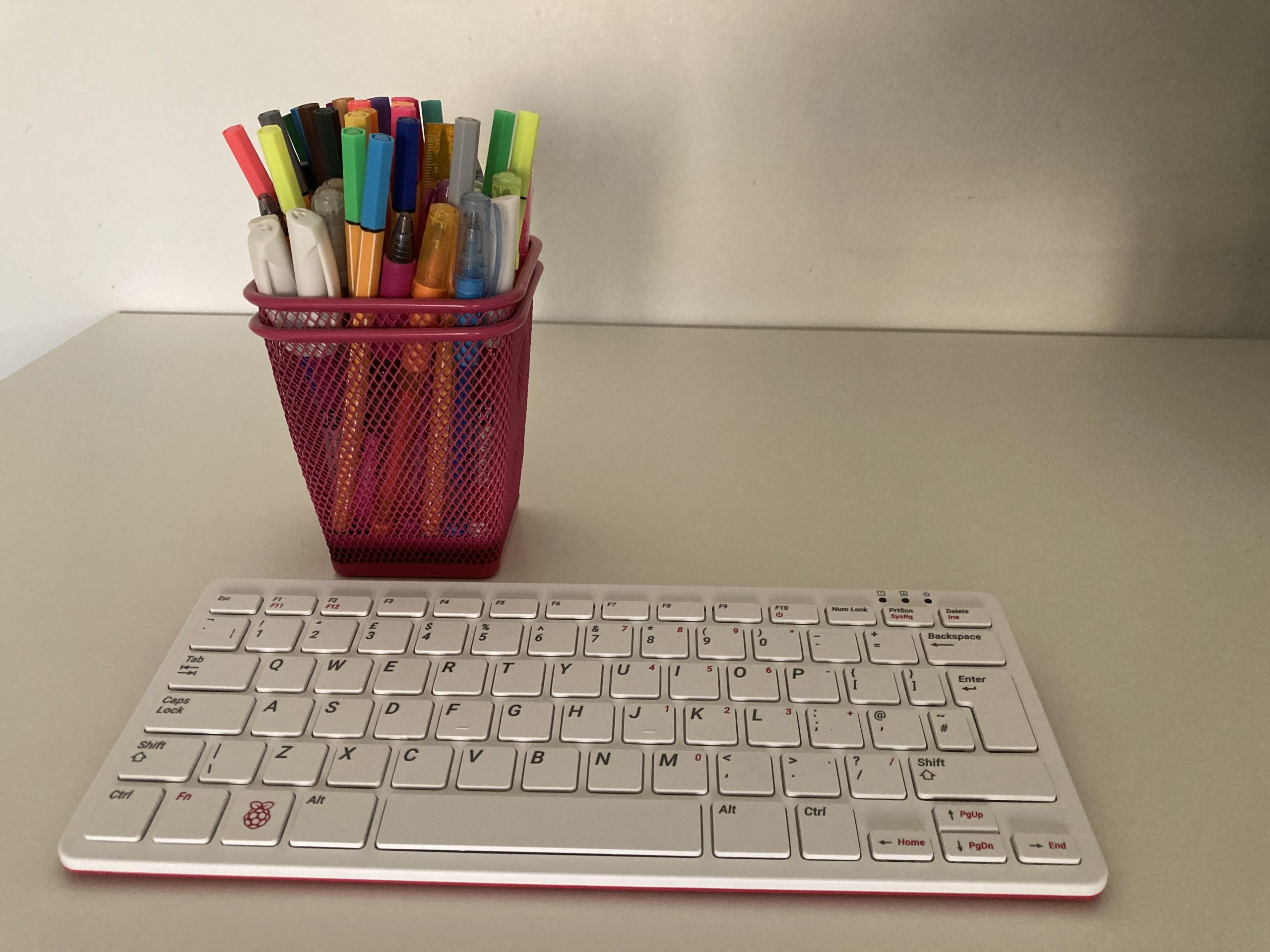When I started this project, I wanted to address one of the biggest gaps I saw firsthand in K-12 education: equitable access to home computing technology. This problem became blindingly apparent during the spring of 2020 when each colleague I knew had numerous students unable to engage successfully in online learning due to a lack of a personal computer at home, and unfortunately, those same gaps remain today.
Although Chromebooks have proven useful in providing a user-friendly personal computer operating system to students, their cost remains high and performance still varies considerably between different product lines, which could grow the equity gap rather than close it. However, another affordable computer exists with a proven track record of success in sales and innovation over a decade, and that is the Raspberry Pi. Specifically, the new Raspberry Pi 400 personal computer kit has such a low cost to entry ($136 per unit), that it has finally become feasible for public schools districts to close the computing equity gap by investing in these computers to provide each student equitable access.
Though I had intended to conduct an objective analysis originally, I struggled to find cases where another public district had provided the infrastructure and training to equip their students for online learning at home (besides loaner programs, but these are slow to implement and they do not solve the equity gap over the long term). Therefore, after consultation with Dr. Vogt, I have opted to change my A1 into an A3, where I explore what a district-wide home computer program would look like so that I “pitch” my venture to other professional educators. The age of the student personal computer is upon us, and I hope I can convince you (and hopefully others) that it is worth public education investment! Please feel free to share your feedback in the comments below, and I hope you enjoy my pitch!
My Raspberry Pi Pitch:
https://sites.google.com/view/a3-equity-as-easy-as-pi/home

Thanks for this, Brendan! I LOVE recommending Raspberry Pi to my students, especially the kids who love machine building and learning. I find some of their products a bit pricey. The most “kiddish” sibling would be Kiwi Co which is also a bit pricey. I hope they can make their products a bit more affordable for the average income family who may have a child or children interested in purchasing their products.
Well done Brendan. I think access to the internet is one of the greatest equalizers we can implement. Geographic disparity greatly influences what people can access through availability of devices and internet connection. I know a number of school districts are aiming for one to one access. I think your venture gives a real world solution for school districts to implement. You broke down the numbers into easy to understand values, which allowed us to see the cost per product. I know, for example, some school districts in Manitoba are one to one, where they put the cost of the technology (Chromes) onto the families. Families can have a payment plan (as little as a 1$ a month) or they can also apply to have it covered entirely. The school districts that I have been exposed to have been dominated by Google and so I do see it hard to breakaway from products that integrate so easily with the Suite of products that those districts implement. All School Districts are interested in cost benefits so in the end I think that will win out. Two things came to mind when reading your Venture: one the low cost allows for a quicker upgrade to devices as they are outdated so fast, and two you included Professional Development, which is essential for a wholesale modernization of teaching practices. Time to develop and implement curriculum is in such a limited supply, so to get by in, so the technology gets used is essential, so that dust you referred to, doesn’t collect.